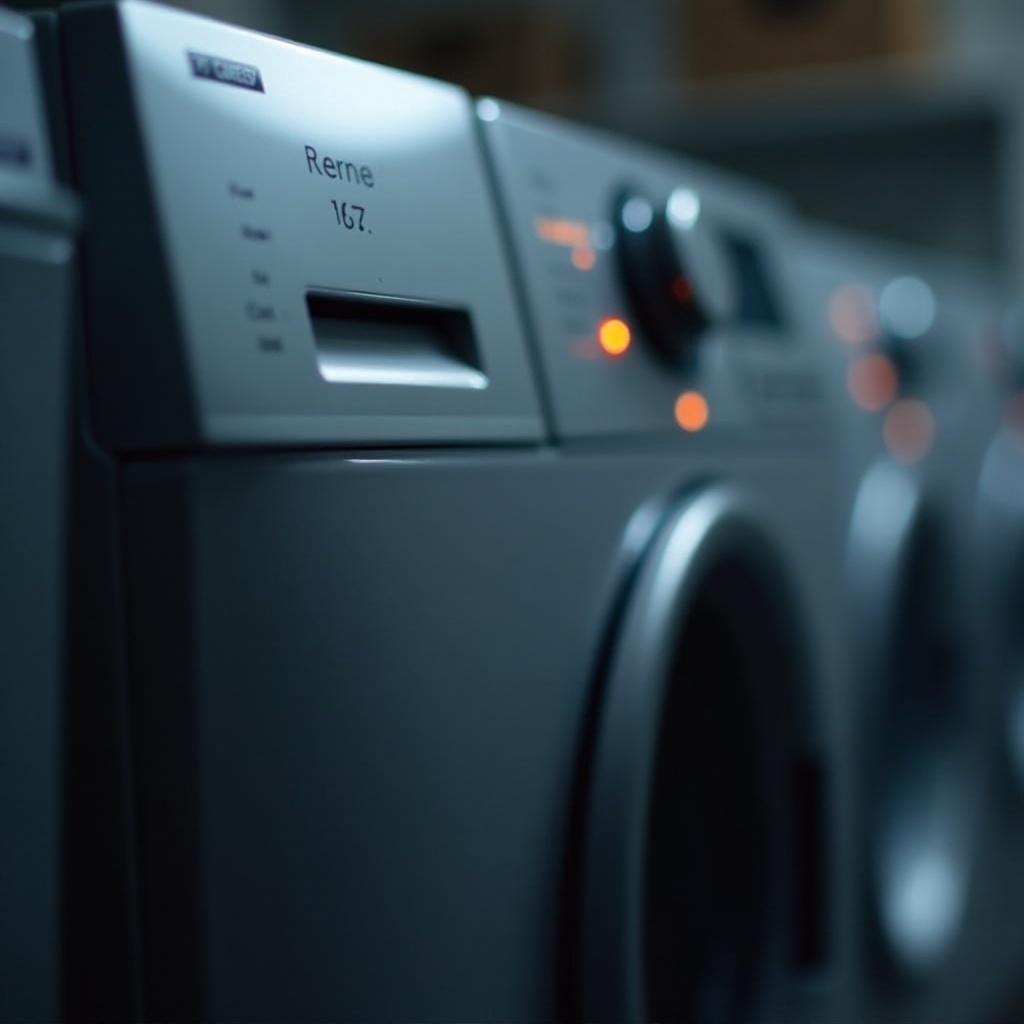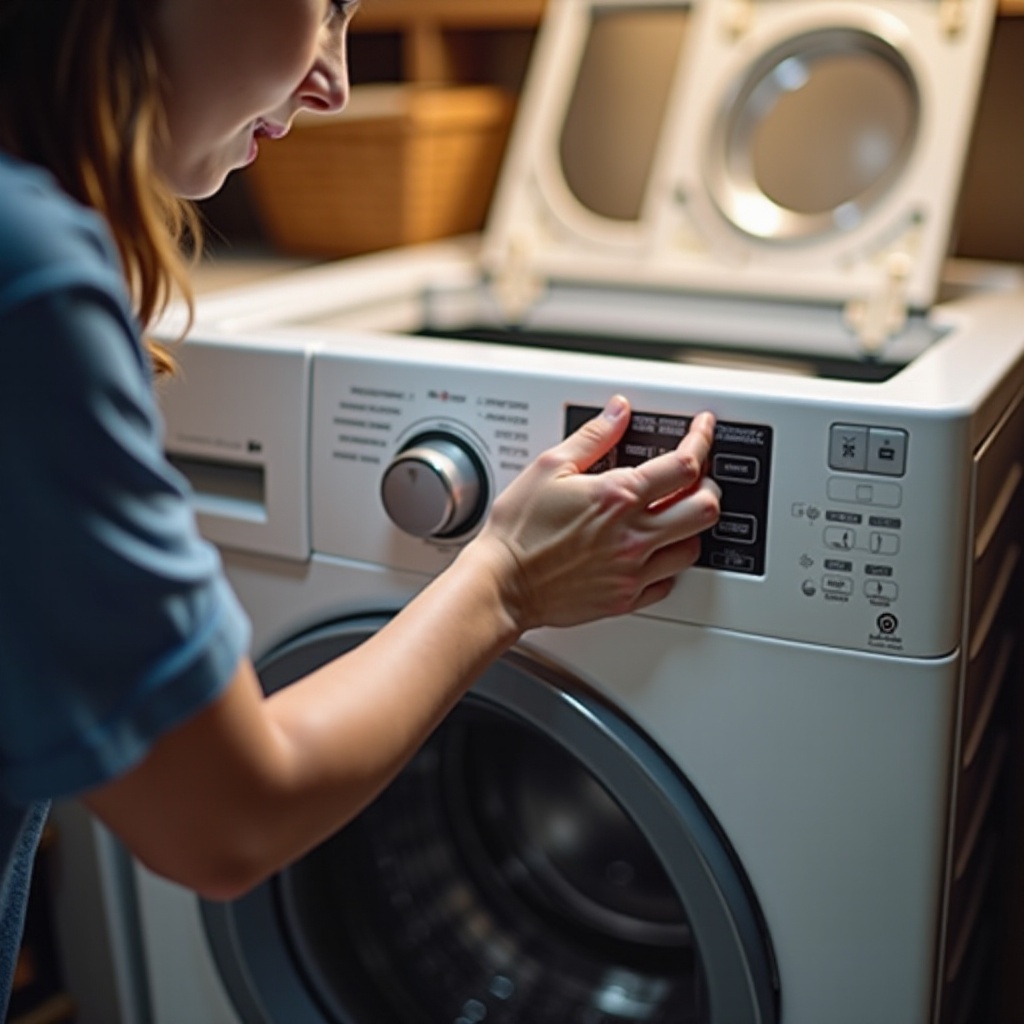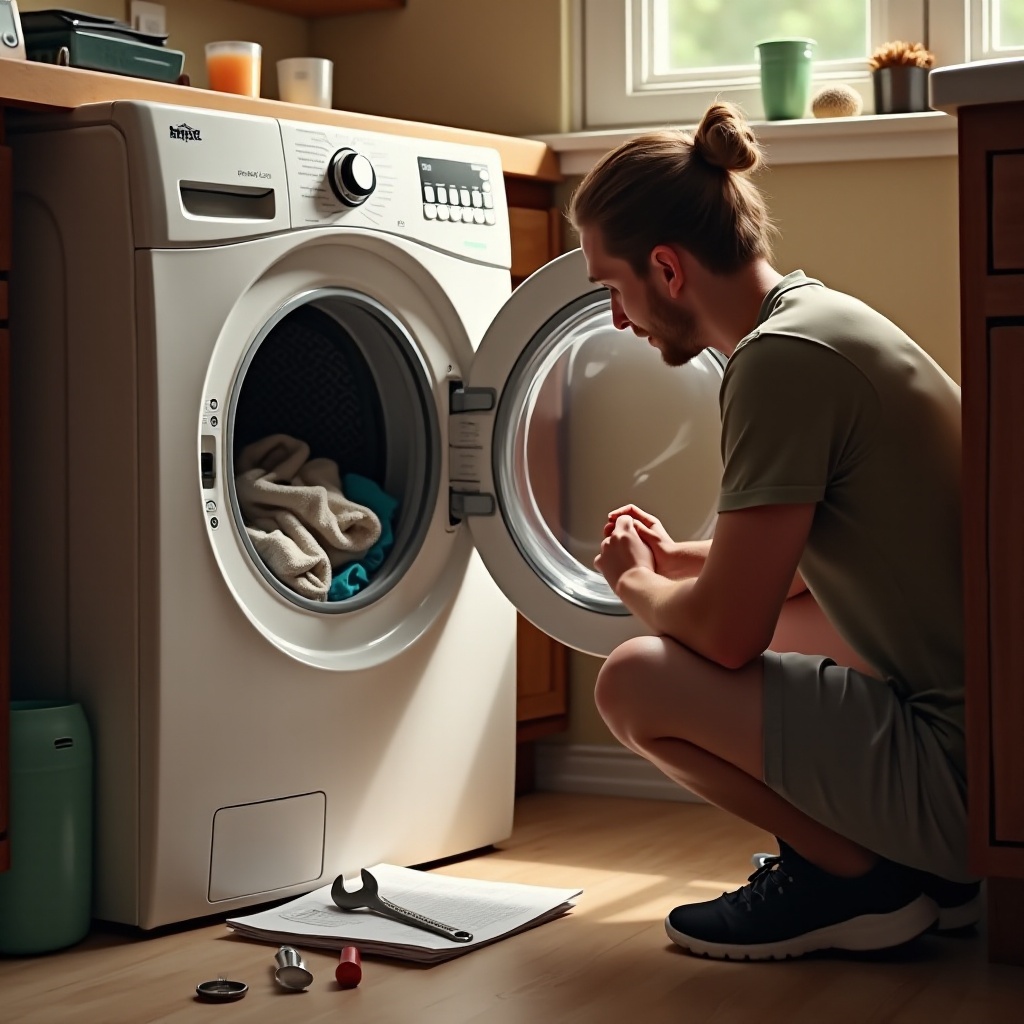Introduction
Is your washing machine agitating but refusing to spin? This common problem can be a significant inconvenience, interrupting your laundry routine. Identifying the root cause can not only save time but also extend the life of your washer. In this guide, we'll delve into the potential reasons for this issue and offer step-by-step solutions to troubleshoot and resolve it effectively.

How Washing Machines Work
To tackle any problem effectively, understanding how washing machines operate is crucial. These appliances go through several cycles, starting with filling water, agitating clothes, draining, and finally spinning to remove excess water. The spin cycle involves the drum rotating at high speeds, heavily relying on components such as the lid switch, drive belt, and motor coupler.
When something disrupts this sequence, the washer might agitate without transitioning to spinning. Having a clear understanding of these components helps direct your troubleshooting efforts more efficiently and allows you to pinpoint where the malfunction may occur.
Common Causes of a Washing Machine Agitating but Not Spinning
If your washer is agitating but isn't spinning, several culprits could be to blame. Identifying these issues will guide you towards the right solution.
Lid Switch Failure: A safety measure, the lid switch ensures the machine doesn't spin with the lid open. If faulty, it might prevent spinning, despite successful agitation.
Drive Belt Issues: Essential for transferring the motor's power to the drum for spinning, the drive belt might snap, become loose, or fray over time, halting the spin function.
Motor Coupler Problems: Located between the motor and drum, the motor coupler absorbs the shock, protecting the motor. Wear or breakage here can result in agitation without subsequent spinning.
Identifying these common issues helps narrow down the problem source. With this knowledge, you can proceed to focused troubleshooting.
Step-by-Step Troubleshooting Guide
Once you've pinpointed possible problem areas, use the following steps to troubleshoot and potentially resolve the spinning issue.
- Checking the Lid Switch:
Unplug the washer, access the lid switch—often under the control console—and use a multimeter to check for continuity. Replace it if there's an absence of continuity.
Inspecting the Drive Belt:
Access the belt by removing the washer's back panel. Examine it for wear or slackness. Replace if damaged to restore function.
Examining the Motor Coupler:
- Disconnect the machine from power and water, tip it onto its back, and examine the motor coupler between the motor and transmission. Replace it if it's worn out.
This hands-on troubleshooting can often resolve the issue. However, evaluating whether you should proceed or seek professional help is the next step.

DIY Fixes vs. Professional Repairs
Deciding between a DIY fix or professional repair depends on the complexity of the failure and your repair confidence level. Tasks like replacing a lid switch or fixing a drive belt may be manageable with some basic tools.
However, if diagnosing the issue remains unclear or if repairs involve critical components such as the motor, seeking expert assistance might be wise. Professionals provide detailed assessments and ensure that repairs are thorough, potentially preserving your washing machine's lifespan and efficiency.
Maintaining your washer can prevent these issues, whether you fix it yourself or enlist professionals.

Preventive Maintenance Tips
Routine maintenance plays a vital role in preventing washer problems like agitation without spinning. Here are some tips to keep your washing machine running smoothly.
- Regular Cleaning and Inspection:
Clean the drum, filters, and detergent tray regularly to avoid blockages. Check hoses and connections for leaks.
Proper Loading Techniques:
Distribute clothes evenly and avoid overloading to prevent mechanical strain and achieve proper balance.
Scheduling Regular Maintenance:
- Consider professional maintenance inspections annually and adhere to manufacturer's maintenance guidelines to optimize washer performance.
By following these preventive measures, you can avoid most washer issues and prolong its usability.
Conclusion
Addressing a washer that agitates but won't spin requires a basic understanding of its components and likely causes of malfunction. Through targeted troubleshooting and preventive maintenance, you can reinstate your washer's full functionality, keeping your laundry process smooth and stress-free.
Frequently Asked Questions
How can I tell if the lid switch is faulty?
A faulty lid switch may be the issue if the washer agitates but doesn't spin. Test its continuity with a multimeter; replacement is needed if it fails continuity.
What should I do if the drive belt is damaged?
If the drive belt is damaged or loose, it needs replacement. Access the back of the washer, remove the old belt, and carefully fit a new one.
When should I call a professional for help?
Call a professional if you're unable to diagnose the problem or if repairs involve complex components like the motor. Experts ensure safe and effective repairs.
